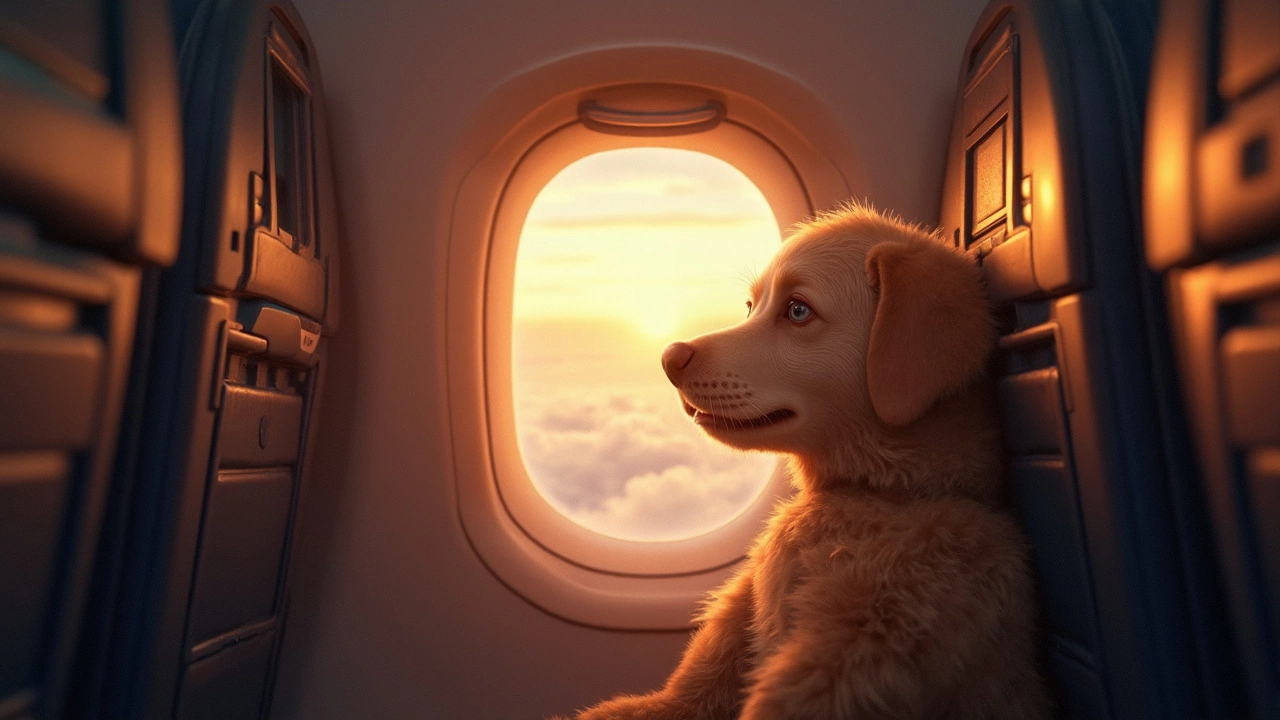Dogs in Cargo: How to Fly Your Dog Safely in the Hold
Thinking about sending your dog in the cargo hold? It can feel scary, but with the right prep you’ll avoid most problems. Below you’ll find plain‑talk steps that keep your pup comfortable, healthy, and ready to wag its tail as soon as you land.
Choosing the Right Cargo Carrier
First thing: the carrier. It must be airline approved, sturdy, and big enough for your dog to stand, turn around, and lie down. Look for a hard‑shell crate with ventilation on all sides—no tiny holes that block airflow. Measure your dog’s height at the shoulders and add a couple of inches; that’s the internal height you need. The crate should weigh under the airline’s limit (usually 30‑45 lbs) when empty, otherwise you’ll pay extra.
Label the crate inside and out with your contact info, a “Live Animal” sticker, and the flight details. Put a water bottle that won’t spill and a small towel for extra comfort. Avoid toys or chew items that could get caught inside the crate.
Day‑of Flight Checklist
Morning of the flight, give your dog a light meal a few hours before check‑in. A full stomach can cause nausea, but an empty stomach can make them jittery. Offer fresh water, but don’t let them drink too much right before the flight.
Take your pup to the vet for a quick health check. Most airlines require a health certificate issued within 10 days of travel. Ask the vet about a low‑dose sedative only if the airline permits it; many recommend against medication because it can affect breathing at high altitudes.
Arrive early—cargo check‑in often opens two hours before departure. Drop off the crate, confirm the temperature control plan (some airlines place cargo in a pressurized, temperature‑controlled area), and ask for a confirmation number. Keep that number handy; you’ll need it if you need to track the crate.
While you wait, stay calm. Dogs pick up on our anxiety, so a relaxed tone helps them stay settled. If possible, place a familiar scent (a piece of your worn shirt) inside the crate to give them a sense of security.
Once you land, head straight to the cargo arrival area. Most airports have a designated pet zone where staff unload the crates. Check the crate for any signs of distress—excess drooling, panting, or shaking—and call the vet if anything looks off.
Give your dog a chance to stretch, go to the bathroom, and drink water before you start the rest of your trip. A quick walk around the terminal can help them shake off the stress of the flight.
Overall, the key to a smooth cargo journey is preparation, the right carrier, and staying calm. Follow these steps and your dog will arrive ready for more adventures, not a nervous mess.
Is It Safe for Dogs to Fly in Cargo?
Flying with your furry friend can be stressful, especially if they're traveling in cargo. This article explores whether it's safe for dogs to fly in cargo. We'll cover airline policies, how to prepare your pet, and tips to ensure a smooth journey.
